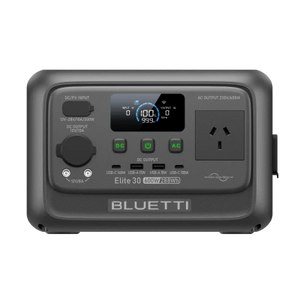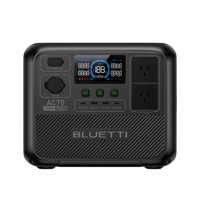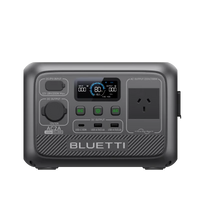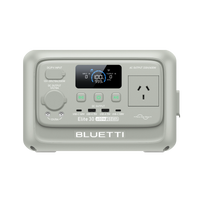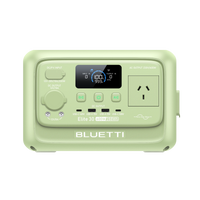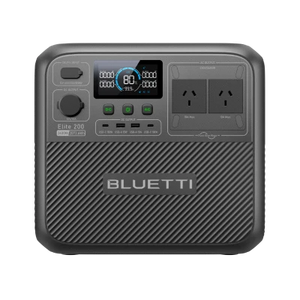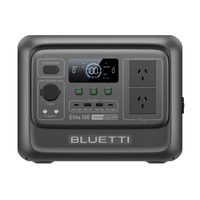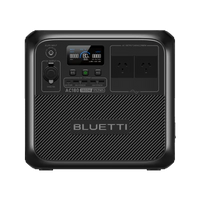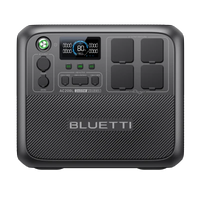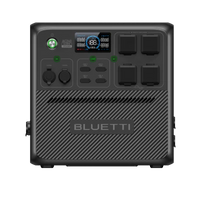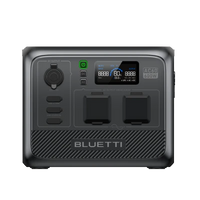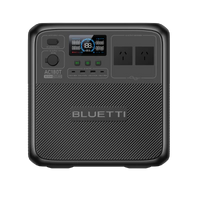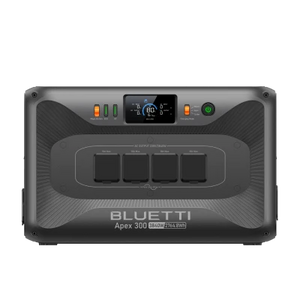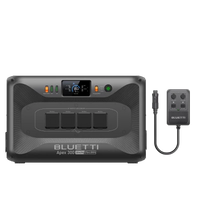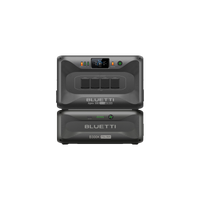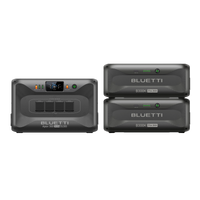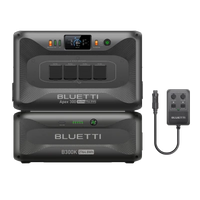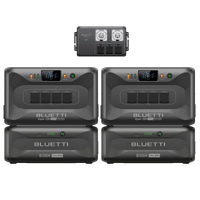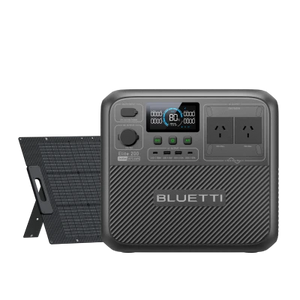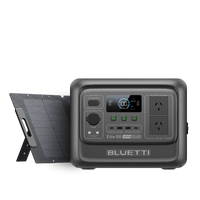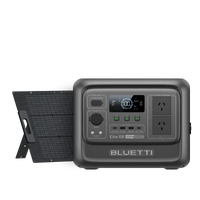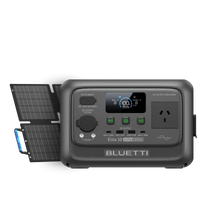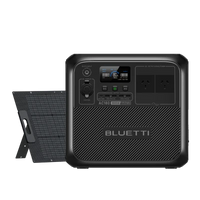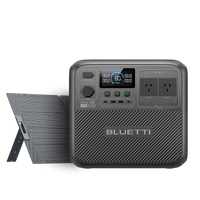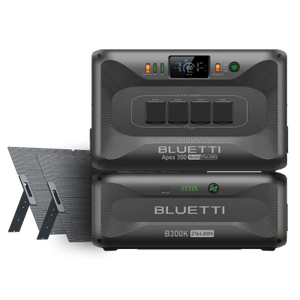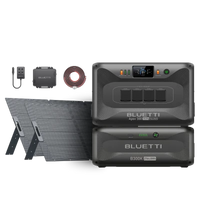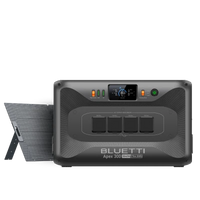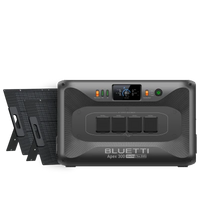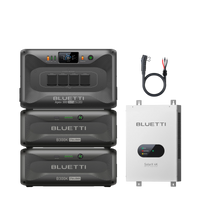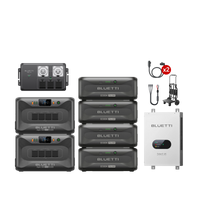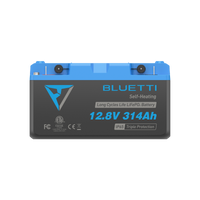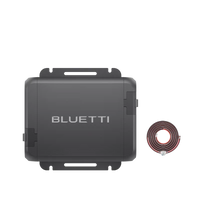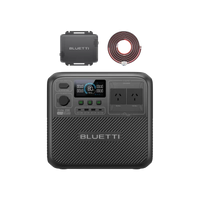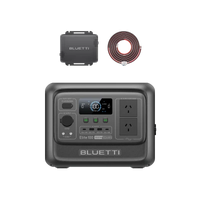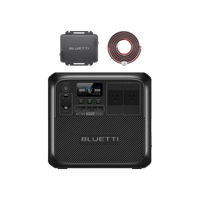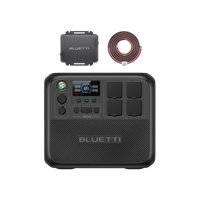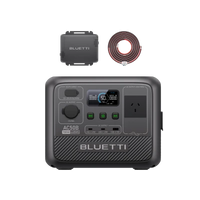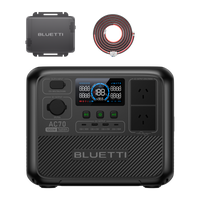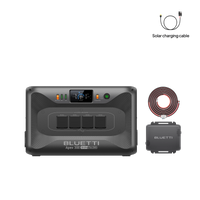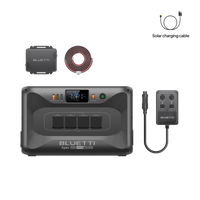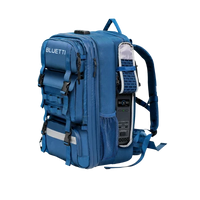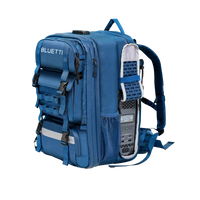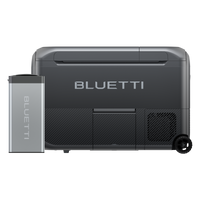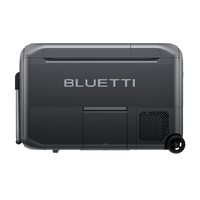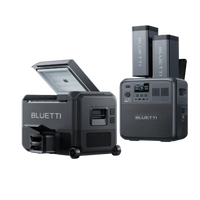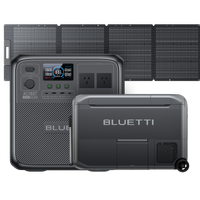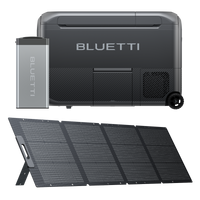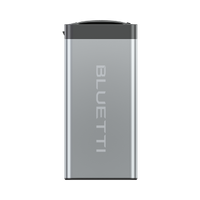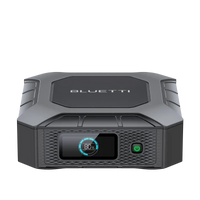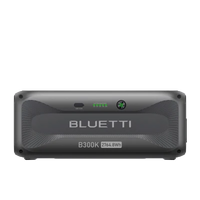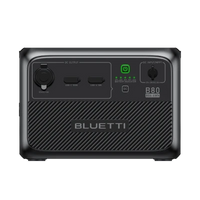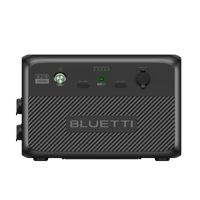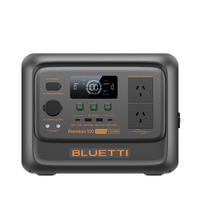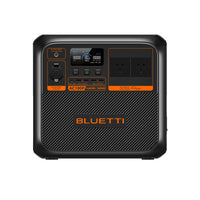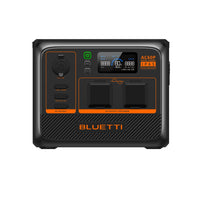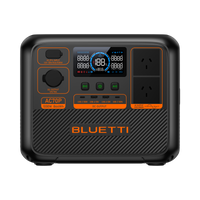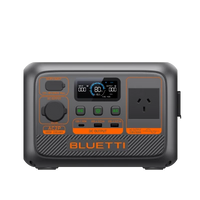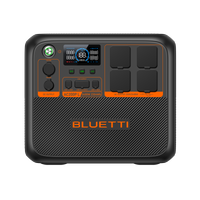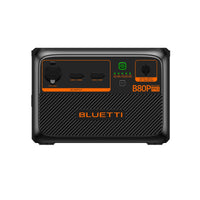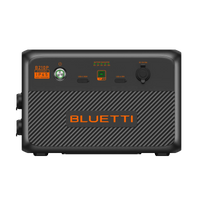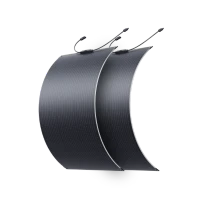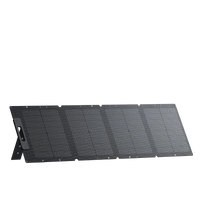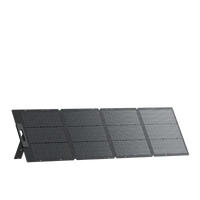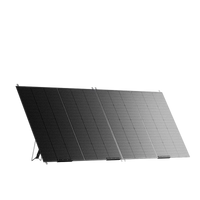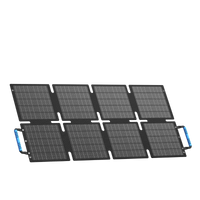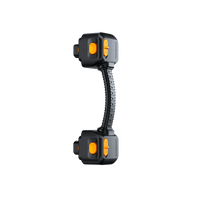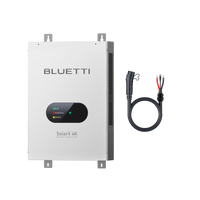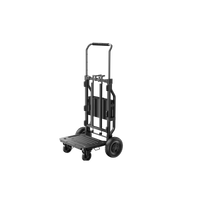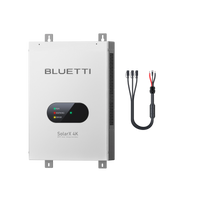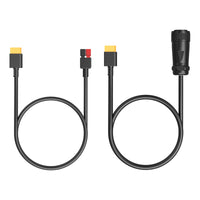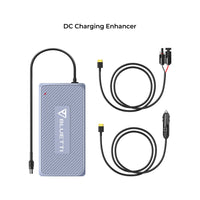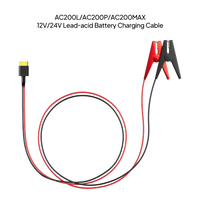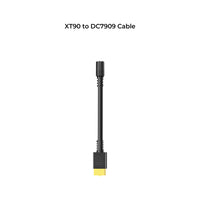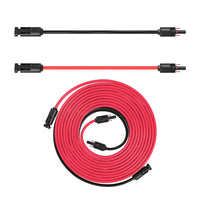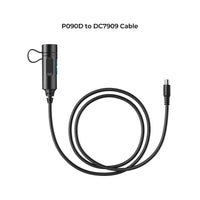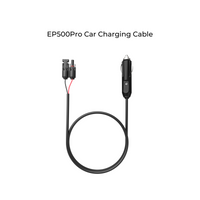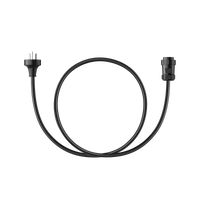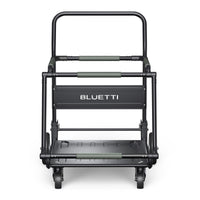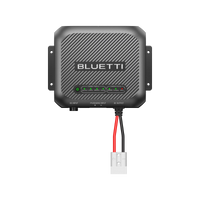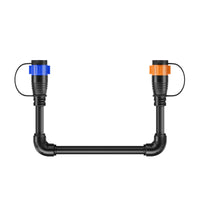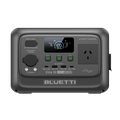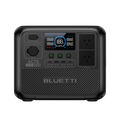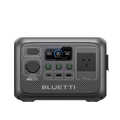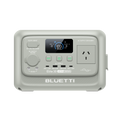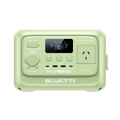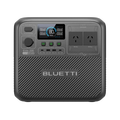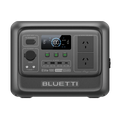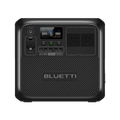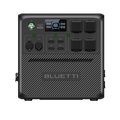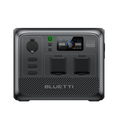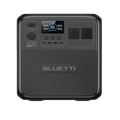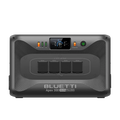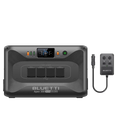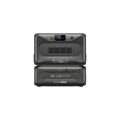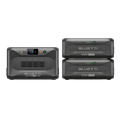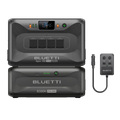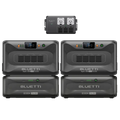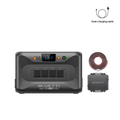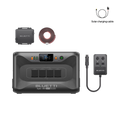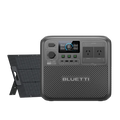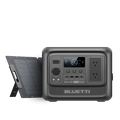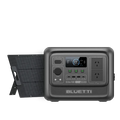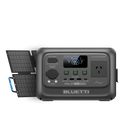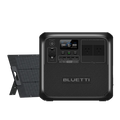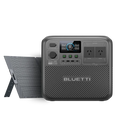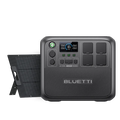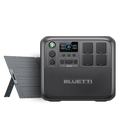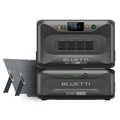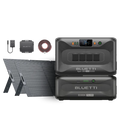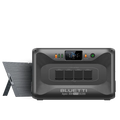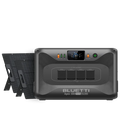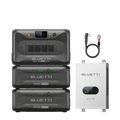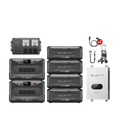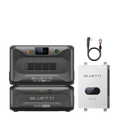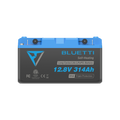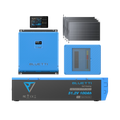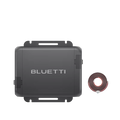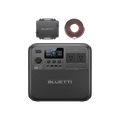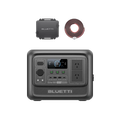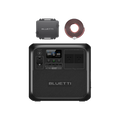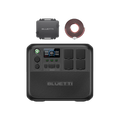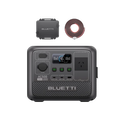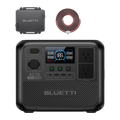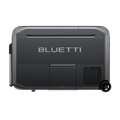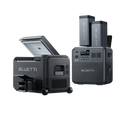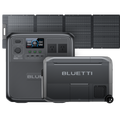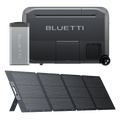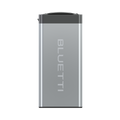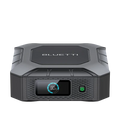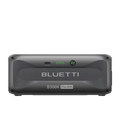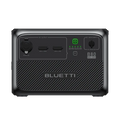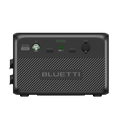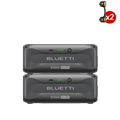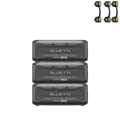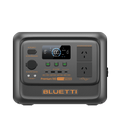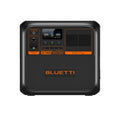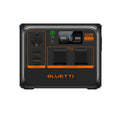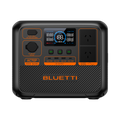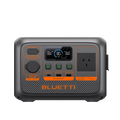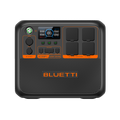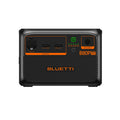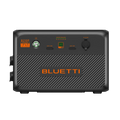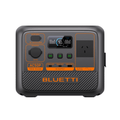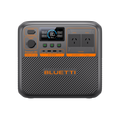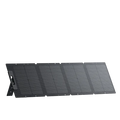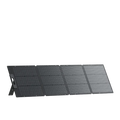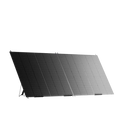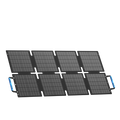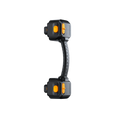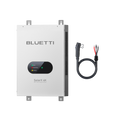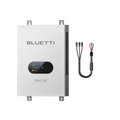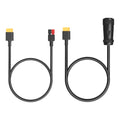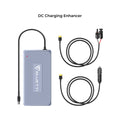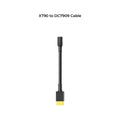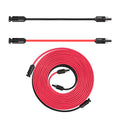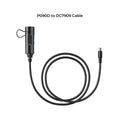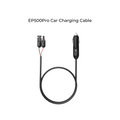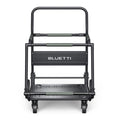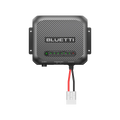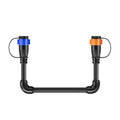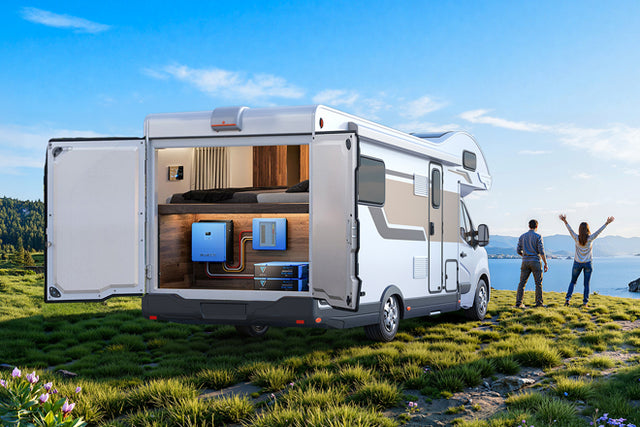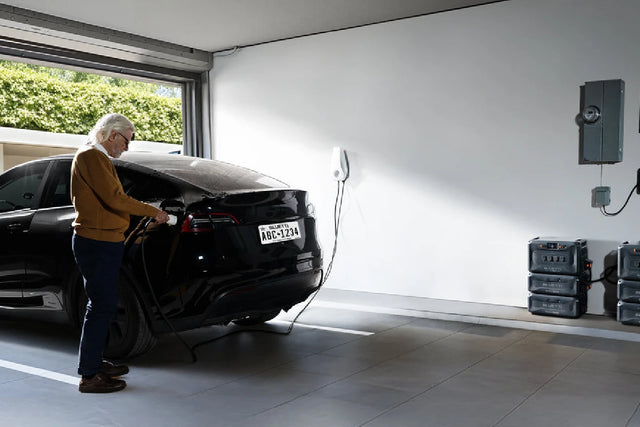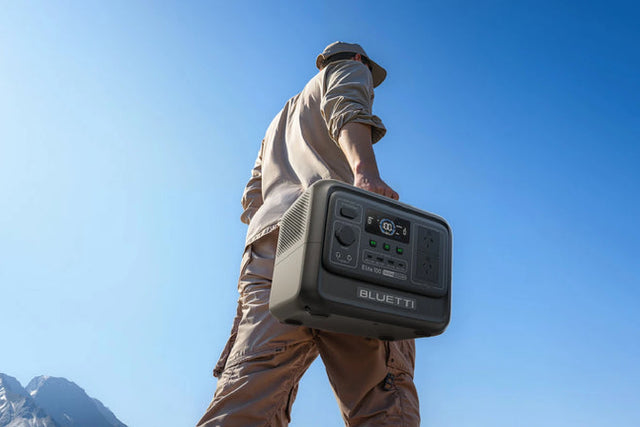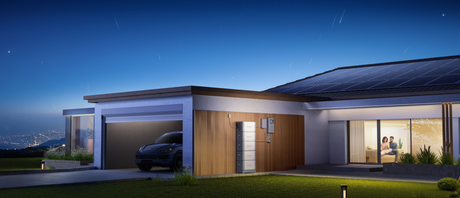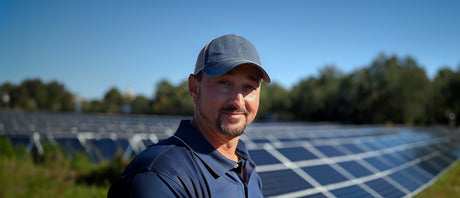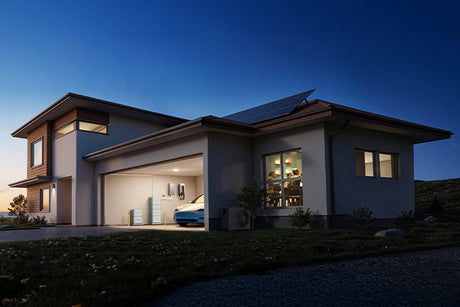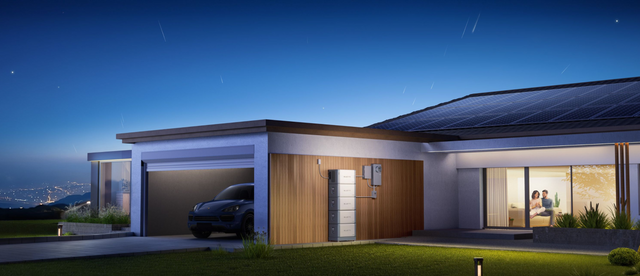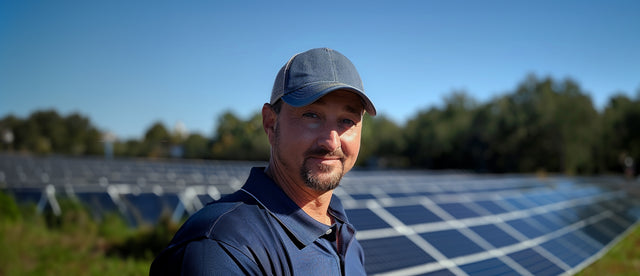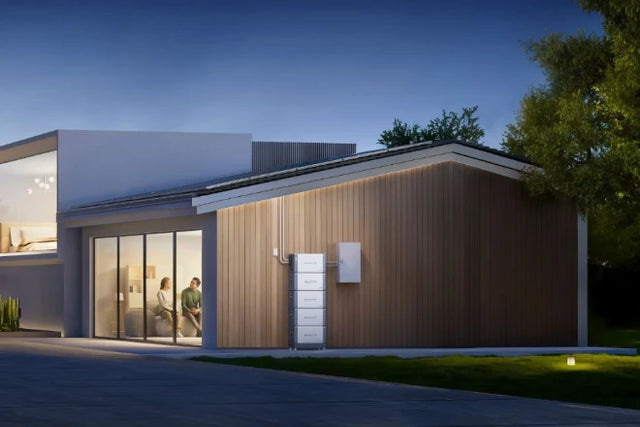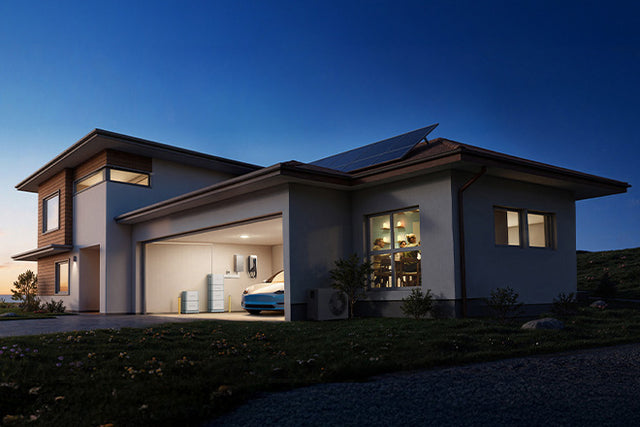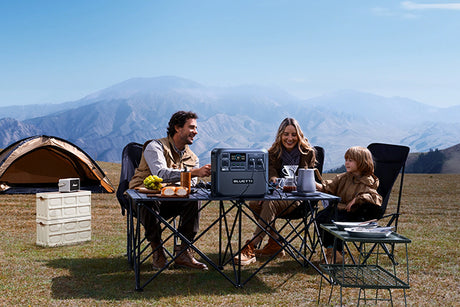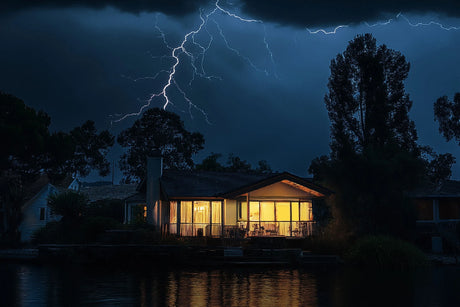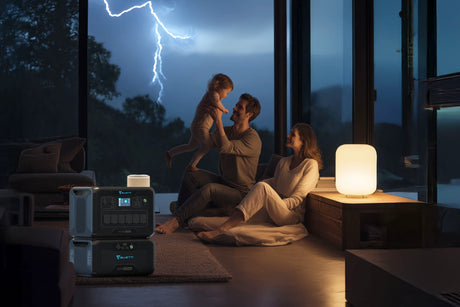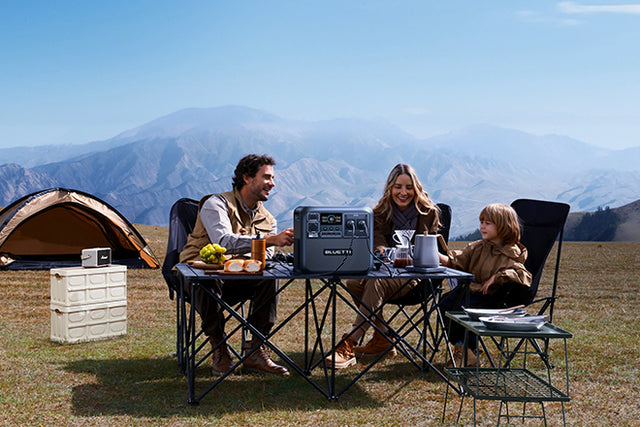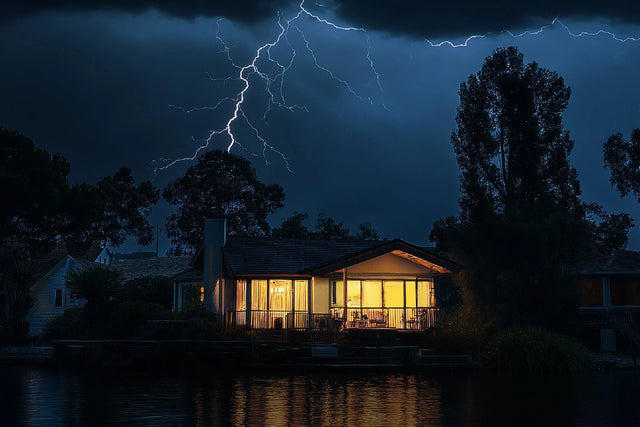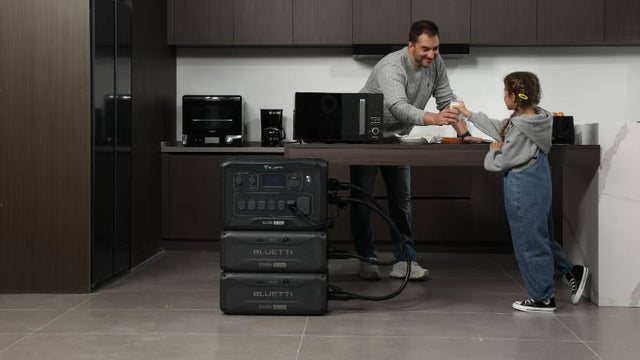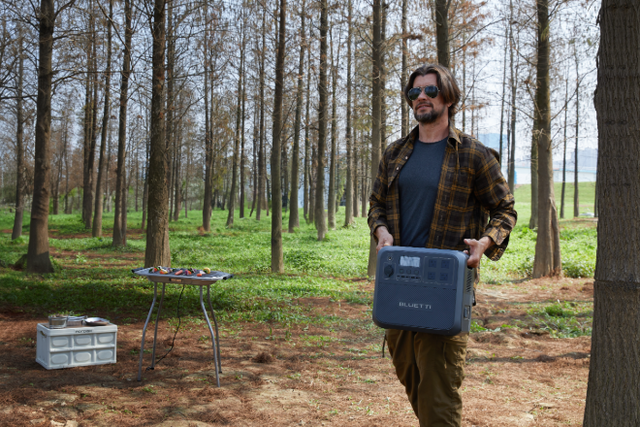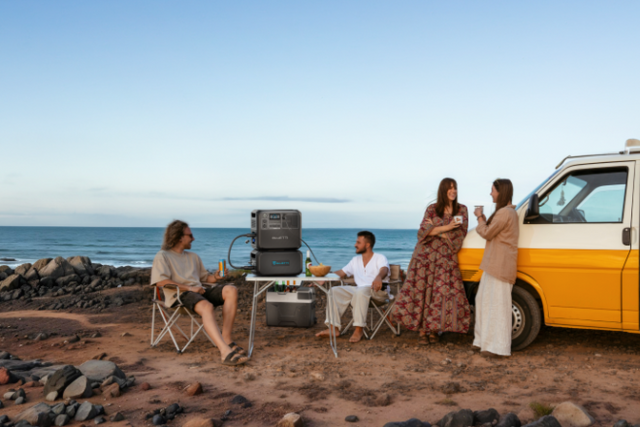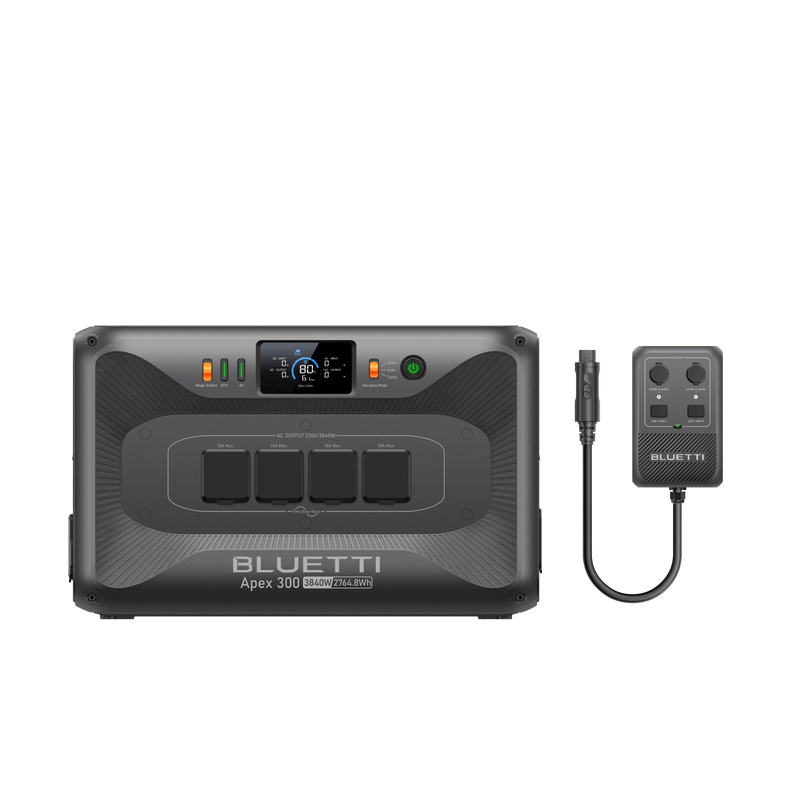
Do you want to cut your energy bills? If you compare energy providers NSW in order to find the cheapest electricity supplier NSW has to offer, you’re doing the smart thing – considering that, with increasing costs and changes in regulation, every dollar you save is more valuable than it’s ever been. In this informative guide, you will uncover the ins and outs of New South Wales electricity rates in 2025, discover exactly how much you’re paying for each kWh, as well as find out which local providers are offering the best value to every Aussie home.
You will learn about all major providers, and by the time you have finished reading, you should be prepared to transfer to the best power company in NSW for your household.
Why NSW Prices Matter More in 2025
New South Wales From July 1, 2025, the Australian Energy Regulator (AER) has updated the New South Wales Default Market Offer (DMO) reference price. Instead of those vague discounts, the DMO simplifies the process for you by comparing every offer available so that you never fall victim to tricky promotions that disguise the rate you’ll actually pay.
Typical annual usage for a home on the main grid in NSW is about 5,237 kWh and the average reference annual bill comes in at $1,965. But you could be hundreds of dollars better off every year with the cheapest electricity provider NSW has to offer – provided you know where to look.
How to Compare Electricity Plans in NSW
Before you can make an informed decision on cheap electricity deals NSW, you should understand what’s included in a plan.
Usage Rates (c/kWh)
These rates are the amounts you’re paying for each unit of electricity that you consume. In NSW, these rates can vary a lot depending on who you choose as your provider, where you live, and what kind of meter you have. Flat rate and time-of-use are two of the most common tariff types. With flat rate, you pay the same price for electricity every hour of everyday, which can help make costs more predictable. Time-of-use tariffs, however, impose different charges for peak, shoulder, and off-peak times, with peak charges considerably more expensive than off-peak (often double), particularly in the summer evenings when demand spikes. Although lower usage rates might sound appealing, it’s all about the structure of the tariff. If you can shift some power use to off-peak times, then a time-of-use tariff from the cheapest electricity supplier NSW could give you even greater savings.
Daily Supply Charges
Daily supply charges are fixed fees you pay for the privilege of being connected to the grid, whether or not you use any electricity. In NSW, these fees tend to be between about 66c and more than $1.70 a day, depending on your distribution zone and provider. These tariffs make up a large portion of the annual electricity cost for some customers, particularly for very low power users. So you always want to use a calculator taking both daily supply into account along with usage rates to help you narrow down the cheapest electricity provider NSW offers.
Solar Feed-In Tariffs
If your home has solar panels, the solar feed-in tariff (FiT) is another key consideration. This is the amount your provider compensates you for surplus electricity you export to the grid. There is no minimum FiT in NSW, so providers can move around. The highest FiT rates today are around 12c/kWh per, but most plans pay less than that, usually in the range of 5c to 10c/kWh. Continuously high solar feed-in tariffs can add up to a significant sum off your annual bill if you export plenty of solar electricity and it is an important consideration when you are selecting the cheapest electricity company NSW for solar homes.
Plan Flexibility & Green Options
Seek out plans with short contract terms and no exit fees. Plenty of the electricity provider NSW’s best and cheapest plans are now ‘no lock-in,’ only requiring sufficient notice, allowing you to leave if you do encounter a better deal. Check whether the plan supports renewables GreenPower options will let you offset your usage with certified renewable energy, or you can employ some carbon offset options to decrease your overall carbon footprint. But, adding these options can raise your rates a bit — so weigh the environmental benefit against the additional cost.
The Real Cost Breakdown—What You Should You Pay
Here is what the main indicators look like in New South Wales today:
-
Average household bill: $1,965 a year for default (DMO) rates in 2025.
-
Cheapest market rate: As little as $1,464 a year — more than $500 less than the default.
-
Average usage rate: 26.84c to 43.65c per kilowatt-hour (kWh), depending on plan and retailer.
-
Daily supply charge: Regularly around 66c–100c, although some standing offers may be higher.
Your bill is a combination of the usage rate times the energy you consume, and the daily supply charge times the number of days the bill covers.
The Cheapest Electricity Providers NSW
Other power providers, including multiple compact power companies, also provide low prices for households throughout the state. Savings are based on your usage and network (Ausgrid, Endeavour, Essential Energy).
GloBird Energy
For 2025, GBE’s BOOST Residential plan is still a front runner for people looking for the cheapest electricity provider NSW. Average usage cost on this plan sits at 29.44c per kWh but that figure varies by supply area so you can expect average usage to range from 26.84c to 30.69c per kWh. The daily service fee comes in at $0.90 a day, so even for households with moderate energy use, it might be a competitive choice.
For an average household in NSW, that's about $1,791 per year. However your costs will vary depending on how much energy you use. Its plan comes in both flat and time-of-use rates, and households can get a discount if paying by direct debit. If you have solar, you'll want to find out about the possibility of GloBird’s solar feed-in tariffs, which may contribute additional credits to your bill. It's ideal for homes with medium-to-high energy usage who just want simple, low-rate offer from a trusted, cheap electricity provider NSW.
Sumo
The sumoSWITCH” plan offered by Sumo is widespread in metro and regional NSW. This plan has an average usage rate of around 32.67c per kWh on the Essential Energy network, along with a daily supply charge of $1.43. For Sydney the estimated market rate annual cost is $1,464 – much less than the standing offer default rate for an average home of $1,965. Instead, Sumo’s plan is the most popular for its hassle-free billing process. It’s a great option for people who are looking for one of the cheapest electricity provider NSW plans with clear, easy to understand costs.
OVO Energy
OVO Energy's simple electricity plan, the "One Plan" is catching on fast in NSW. And for Endeavour Energy customers, the standard usage charge is 31.46c per kWh, plus a daily supply charge of $1.01. The projected annual cost per average user is comparatively at $1,211. A notable feature of OVO’s tariff is a 3% interest paid on any credit balances, meaning that in fact customers can make a return if they keep their account in credit. With a focus from the cheapest electricity provider NSW on simplicity and transparency, this plan is great for customers who are always paying in advance.
Red Energy
Red Energy’s Qantas Red Saver and Living Energy Saver give other plans, which frequently undercut the Default Market Offer (DMO) rates, a good run for their money. On the Endeavour network, the average usage rate is 32.62c per kWh with a daily supply charge of $0.85. On Essential Energy, the average usage rate is 33.50c per kWh with a daily charge of $1.45. Both plans include solar feed-in tariffs, which can be useful for solar households, and both plans also offer a discount of 21-24% off the DMO reference price, depending on which network you are on.
AGL
AGL, who is a popular energy supplier in NSW, isn’t so common when it comes to being the cheapest electricity provider NSW. The single rate usage standing offer̓s is 43.65c per kWh with a high supply charge per day $2.01 (Ausgrid network). For a home that uses 4,600 kWh a year, the average bill is over $2,010 on the standard plan. AGL doesn't tend to be the cheapest option but it might have very attractive sign-up bonuses to incentivise new customers. That may be appealing if you do like a bonus or if you prefer the comfort of a bigger company.
In-Depth Comparison of Cheapest Electricity Provider NSW
|
Provider |
Usage Rate (c/kWh) |
Daily Supply Charge (c/day) |
Annual Market Offer ($) |
Network |
Special Features |
|
GloBird Energy BOOST |
26.84–30.69 |
90 |
1,791 |
Ausgrid/Endeavour |
Direct Debit Discount |
|
Sumo SWITCH |
32.67–33.26 |
143 |
1,464 |
Essential/Ausgrid |
Online management |
|
OVO One Plan |
31.46 |
101 |
1,211 (Endeavour) |
Endeavour |
3% interest credited |
|
Red Qantas Red Saver |
32.62–33.50 |
85.74–145.40 |
1,210–1,240 |
Endeavour/Essential |
Qantas Points rewards |
|
AGL Smart Saver |
43.65 |
200.82 |
2,010+ |
Ausgrid |
Frequent sign-up bonuses |
Distribution Networks in NSW
You'll find your address is located in one of three main distribution areas that charge their own set of prices:
Ausgrid (Sydney/Newcastle/Central Coast), Endeavour Energy (Western Sydney, Blue Mountains, Illawarra and Southern Highlands) and Essential Energy (regional/rural NSW). Each cheapest electricity provider NSW factors in these network charges, and the price you pay depends on where you live in a supply area.
Time-of-Use vs. Anytime Rates
Most providers now offer both flat rates (“anytime”) as well as time-of-use rates, which you can choose to best meet your lifestyle. For example, if you consume most of your power off-peak (late at night or weekends), time-of-use might save you big.
-
AGL Time-of-Use: Peak 58.15 c/kWh, Shoulder 47.86 c/kWh, Off-peak 37.75 c/kWh and Supply charge at 195.56c/day.
-
Sumo/Solar Options: A number of retailers have sizeable “free hour” and middle-of-the-day discount offerings for solar homes available. Find out if you qualify for plans such as “FreeLunch” or “Red EV Saver”.
Rebates and Promo Credits Effects
Don’t forget rebates. Households in NSW that meet eligibility criteria would also receive two $75 bill credits, effectively $150 off your yearly bill, from 2025-26. This would reduce your out of pocket costs even more with any of the cheapest electricity providers NSW.
In addition to government rebates, some companies (such as AGL, Red Energy and OVO) provide sign-up credits, online only plan prices or a bonus interest for payments in advance. Always ask for promos from each provider.
Solar Feed-In Rates in NSW
If you have solar panels, the feed-in tariff you receive will depend on your plan and provider. Normal solar feed-in tariffs in 2025:
-
May go up to 10c/kWh for the top plans (OVO Energy offers this boosted tariffs on some plans).
-
Are conditional and can be lower in some “basic saver” rates.
-
Vary yearly, so consult plan fact sheets for current numbers.
Are There Any Hidden Cost with the Best Cheapest Electricity Provider NSW?
Some rates do not include processing or paper billing charges. Others feature late payment penalties or exit costs — though most market offers in 2025 are increasingly offering no lock-in contracts. The AER has now ruled that providers have to put the best offer they can give you on their bills so you can see immediately if they owe you cheaper rates.
How to change to the cheapest electricity provider NSW
Ready to make the switch? Here are your steps:
-
Use government-comparison portals to compare all plans for your address.
-
See if there’s a rate below the DMO rate — at least 15% off the DMO is going to provide real savings.
-
Enquire with your new provider about sign-up credits, solar feed-in rates, and online-only offers.
Your switch usually takes place within a billing cycle and, assuming the switch goes through, there is no loss of power. At no point should you end up with no power simply as a result of changing to another provider in NSW.
Power Up Your Home for Less with BLUETTI EP760
Making sure the BLUETTI EP760 is part of your home energy system will go a long way, especially if you want to get the most out of the cheapest electricity provider NSW. It’s power output power inverter is 7600W, with 230 V of output voltage. The BLUETTI EP760 can be charged using solar, with 9000W max PV input and 3 MPPT’s at 3000W each. Its modularity adds to the flexibility, for you to select from 2-4 B500 battery packs according to your power storage requirements ranging from 9920Wh to 19840Wh.
The BLUETTI EP760 with B500 batteries has excellent reliability and battery life. Each B500 Battery has a capacity of 4.96KWh and uses a reliable and long-lasting LiFePO4 cells. The inverter and batteries have a 10 year guarantee, so you know you’re covered for the long-term. The BLUETTI EP760 power station comes a UPS switch time of under 10ms to keep the critical appliances powered up during outage. With the Wi-Fi and Bluetooth compatible app, you can see, monitor and manage your electricity consumption at the touch of an smart phone screen. The capacity of this system to hold more electric energy from solar energy makes it a great investment towards maximising savings you make with your selected cheapest electricity provider NSW.
For households that want more control, investing in a storage system like the Apex 300 is another pathway. While the Apex 300 itself does not qualify for government rebates, it allows you to store excess solar energy for later use—such as in the evening when feed-in tariffs (FiTs) are low and grid electricity is more expensive. This means you can use more of your own solar power directly, instead of depending on FiTs or rebates.
The Apex 300 is built around a 2.76 kWh LiFePO₄ battery with a 3,840 W continuous output and up to 7,680 W surge capacity, making it capable of powering both everyday appliances and higher-demand devices. It supports solar input up to 2,400 W. With expansion options of up to 58 kWh across units, plus a 20 ms UPS switchover for backup during outages, it offers both flexibility and resilience.
Getting the Most of Your Savings with the Cheapest Electricity Provider NSW
Even once you’ve signed up, put a reminder in your calendar to check prices again in 12 months. Providers typically offer some sort of special introductory deals, but these can change — so by taking action, you are locking in savings.
Contact your current provider before switching and ask “Is this your best deal?” Most of them will give you a better rate on the spot, lest they lose you to a competitor.
If you consume predominantly during the night or on weekends, time-of-use plans could offer substantial savings. And if you can move some of your power-demanding appliances to the time-shifted, promoted free periods, you might be able to whittle your bill down a lot further.
FAQ
Who is the cheapest electricity provider NSW 2025?
You can find the best deals with GloBird Energy and Sumo Energy. However, prices will differ by how much energy you use and the network area you are in, so compare your bill with the official rates for the best answer.
How much is the average daily supply charge for electricity in NSW?
Your daily supply charge will usually cost between 66c and $1.45. It depends on the provider and network you’re on. Sumo’s standing offer, for example, is around $1.43/day, while some areas might see Red Energy offer a cost as low as $0.85/day.
What does it cost me to move to the best price electricity NSW has to offer?
For many families, switching from the DMO or a standing offer to a cheaper market offer can save them $500 or more per year. The cheapest plans for an average NSW home are about $1,464 a year compared to the $1,965 DMO default.
How much does electricity cost in NSW per kWh on average?
Competitive market offers for 2025 vary from about 26.84 c/kWh (GloBird BOOST) to 43.65c/kWh (default/standing offers). Aim for usage rates under 33c/kWh for top market deals.
Am I better off if I have solar panels?
Yes, there are a number of cheapest electricity provider NSW options with special solar feed-in tariffs. OVO Energy and Red Energy have regularly delivered rates of 10c/kWh for exported solar, although this figure fluctuates through the year and across retailers.
